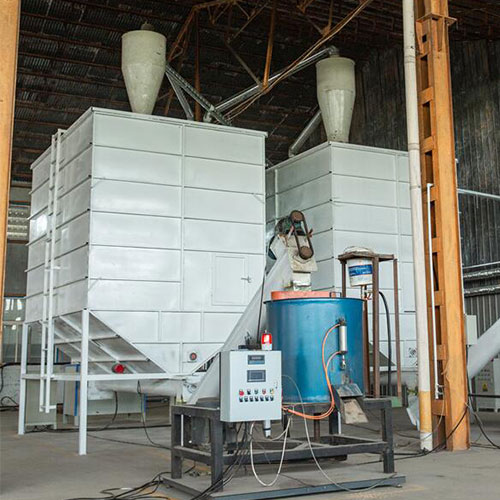Ensuring Quality and Safety: The Role of Free Fumigation in Plywood Packaging
2024-02-21
In the realm of industrial packaging, ensuring the quality and safety of goods during transportation and storage is paramount. Plywood packaging with free fumigation has emerged as a reliable solution, offering enhanced protection against pests and ensuring compliance with international shipping regulations. In this blog post, we delve into how the free fumigation process plays a crucial role in safeguarding the integrity of plywood packaging and the goods it contains.
Understanding Free Fumigation
Free fumigation is a process aimed at eliminating pests and preventing the spread of harmful organisms that may be present in wood-based materials such as plywood. This process involves the treatment of plywood with fumigants, which are chemicals capable of penetrating the wood and exterminating pests such as insects, larvae, and fungi.
Ensuring Quality Assurance
One of the primary benefits of free fumigation in plywood packaging is its role in ensuring quality assurance. By eliminating pests and potential contaminants, the fumigation process helps maintain the structural integrity of the plywood, preventing damage caused by wood-boring insects or fungal infestations. This, in turn, enhances the overall durability and reliability of the packaging, reducing the risk of product damage during transit.
Compliance with International Regulations
In addition to ensuring quality, free fumigation is essential for compliance with international shipping regulations. Many countries have strict regulations in place to prevent the spread of pests and diseases through wooden packaging materials. By undergoing free fumigation, plywood packaging meets these regulatory requirements, facilitating smoother customs clearance and reducing the likelihood of delays or rejections at ports of entry.
Protecting Goods from Contamination
Beyond safeguarding the plywood itself, free fumigation also helps protect the goods contained within the packaging from contamination. Pests such as insects or fungi can not only damage the packaging but also compromise the quality and safety of the products being transported. By eliminating these pests, fumigation ensures that the goods remain unaffected and free from any potential hazards throughout the shipping process.
Environmentally Responsible Practices
It's worth noting that while fumigation involves the use of chemicals, the process can be conducted in an environmentally responsible manner. Many fumigants used in plywood packaging are approved by regulatory authorities and have been deemed safe for use when applied correctly. Additionally, advancements in fumigation techniques and technologies allow for more precise application, minimizing the environmental impact while still effectively eliminating pests.
Conclusion
In conclusion, the free fumigation process plays a vital role in ensuring the quality and safety of plywood packaging. By eliminating pests, preventing contamination, and facilitating compliance with international regulations, free fumigation helps maintain the integrity of the packaging and the goods it contains. As industries continue to prioritize efficient and secure transportation of goods, free fumigation remains an essential component in the arsenal of packaging solutions, providing peace of mind to manufacturers, shippers, and consumers alike.



